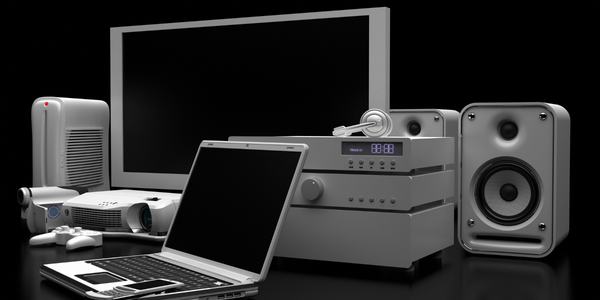下载PDF
Making Smart Materials Smarter with Multiphysics Simulation
技术
- 分析与建模 - 数字孪生/模拟
- 分析与建模 - 预测分析
适用行业
- 电子产品
适用功能
- 产品研发
- 质量保证
用例
- 机器状态监测
- 预测性维护
服务
- 软件设计与工程服务
- 系统集成
挑战
Engineers at ETREMA Products, Inc. face the challenge of designing devices using magnetostrictive materials, which change shape when exposed to a magnetic field. These materials are crucial for the production of transducers, sensors, and other high-powered electrical devices. The unique properties of magnetostrictive materials, such as their ability to mechanically respond to magnetic fields and their characteristic nonlinearity, make designing these devices complex. The challenge is to accurately represent the material properties and complex physics interactions within such devices to facilitate the production of the next generation of smart products.
关于客户
ETREMA Products, Inc. is a company that specializes in designing devices using magnetostrictive materials for defense and other industry applications. These applications include sensors, loudspeakers, actuators, SONAR, and energy harvesting devices. ETREMA is the sole commercial producer of Terfenol-D, a giant magnetostrictive material first developed by the U.S. Navy in the 1970s. The company leverages advanced simulation tools to design and optimize their products, ensuring they meet the high standards required for their specialized applications.
解决方案
ETREMA uses COMSOL Multiphysics to model and simulate the complex interactions within their magnetostrictive devices. Their approach involves creating single-physics models to analyze individual physics and then building multiphysics simulations to determine how these physics interact. This method allows for a detailed and comprehensive understanding of the device's behavior. For example, in designing a close-packed SONAR source array, ETREMA used single-physics models to analyze deformation and stress, and multiphysics models to evaluate the overall electro-mechanical characteristics. The models helped optimize the design by reducing deformation and stress, and by ensuring that magnetic fields stayed confined to the magnetic components, thereby minimizing interference with electronics.
运营影响
数量效益
相关案例.

Case Study
Remote Temperature Monitoring of Perishable Goods Saves Money
RMONI was facing temperature monitoring challenges in a cold chain business. A cold chain must be established and maintained to ensure goods have been properly refrigerated during every step of the process, making temperature monitoring a critical business function. Manual registration practice can be very costly, labor intensive and prone to mistakes.

Case Study
Cloud Solution for Energy Management Platform-Schneider Electric
Schneider Electric required a cloud solution for its energy management platform to manage high computational operations, which were essential for catering to client requirements. As the business involves storage and analysis of huge amounts of data, the company also needed a convenient and scalable storage solution to facilitate operations efficiently.

Case Study
Leveraging the IoT to Gain a Competitive Edge in International Competition
Many large manufacturers in and outside Japan are competing for larger market share in the same space, expecting a growing demand for projectors in the areas of entertainment, which requires glamor and strong visual performance as well as digital signage that can attract people’s attention. “It is becoming more and more difficult to differentiate ourselves with stand-alone hardware products,” says Kazuyuki Kitagawa, Director of Service & Support at Panasonic AVC Networks. “In order for Panasonic to grow market share and overall business, it is essential for us to develop solutions that deliver significant added value.” Panasonic believes projection failure and quality deterioration should never happen. This is what and has driven them to make their projectors IoT-enabled. More specifically, Panasonic has developed a system that collects data from projectors, visualizes detailed operational statuses, and predicts issues and address them before failure occurs. Their projectors are embedded with a variety of sensors that measure power supply, voltage, video input/ output signals, intake/exhaust air temperatures, cooling fan operations, and light bulb operating time. These sensors have been used to make the projector more intelligent, automatically suspending operation when the temperature rises excessively, and automatically switching light bulbs. Although this was a great first step, Panasonic projectors were still not equipped with any capability to send the data over a network.








